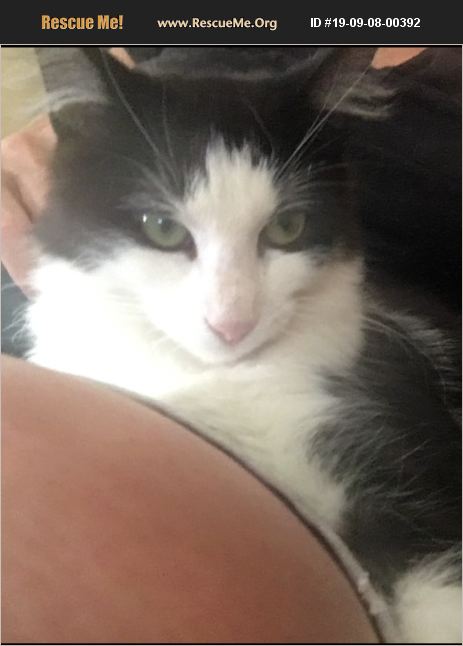Then, an A.P.R. team member will contact you to schedule an appointment to meet the pet in person and see other pets that might be a great match. A.P.R. does not do same-day adoptions to best match pets with families and takes multiple applications on each pet. Giving a dog a second chance at life is an enriching experience, but what is involved in selecting a rescue dog? Consider the environment and care you can provide for a rescue dog before searching for one.
Despite being based in South Florida, they accept dogs from anywhere. Their owners surrender the majority of rescued dogs. This site does not constitute pet medical advice, please consult a licensed veterinarian in your area for pet medical advice. Be prepared for a lengthy interview process and a home visit. Some rescues, for instance, won’t allow you to adopt a dog without a fenced-in yard.
They find loving homes for every rescue dog they receive. The adoption fee includes an examination by a shelter veterinarian, spaying/neutering, vaccinations, microchipping, tests for common illnesses, and flea/tick prevention. A.P.R. reserves the right to conduct a home check.
Once dogs are neutered, given all necessary vaccinations, tested for parasites and heartworms, and receive any other medical attention they require, including dental care. There should be transparency regarding the dogs in their care — you should be able to ask where the dog is and get an answer. A lot depends on the size and capacity of the rescue, their foster network, etc. Usually, the volunteers know quite a bit about the breed and work hard to find the right match for a dog of that breed.
You will be given a date to pick up your new pet once your adoption application has been approved. Often, breed rescue organizations will not ship a dog to you, so you may have to travel to see other dogs. There may be a long waiting list for some popular breeds.
